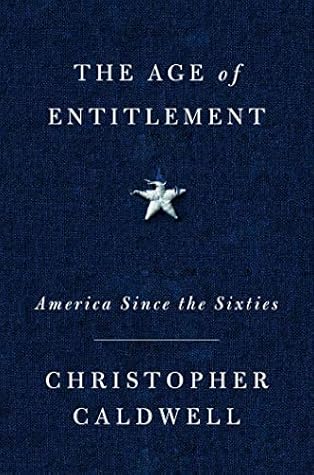The reaction, when it came, was pitiless. The Civil Rights and Voting Rights acts provided permanent emergency powers to smash the sham democracy of the segregated South. They mixed surveillance by volunteers, litigation by lawyers, and enforcement by bureaucrats. This was a new model of federal government, with a transformative power that was immediately apparent. Thoroughgoing and versatile, often able to bypass the separation of powers, civil rights law became the template for much of American policy making after the 1960s, including on matters far removed from race.
Welcome back. Just a moment while we sign you in to your Goodreads account.


